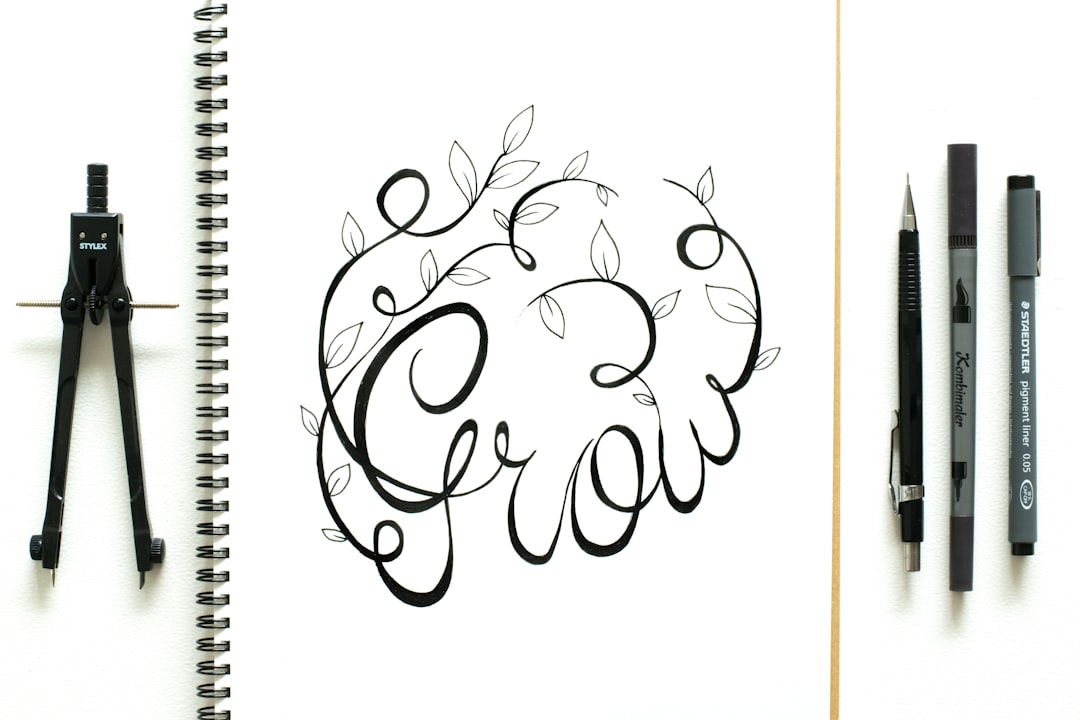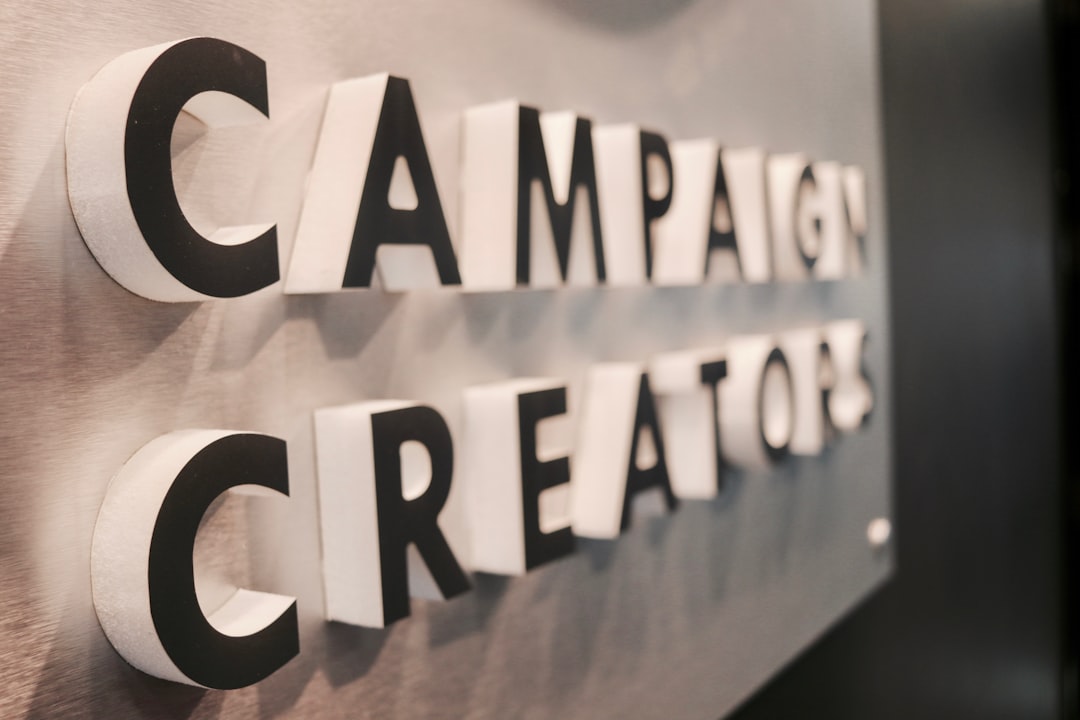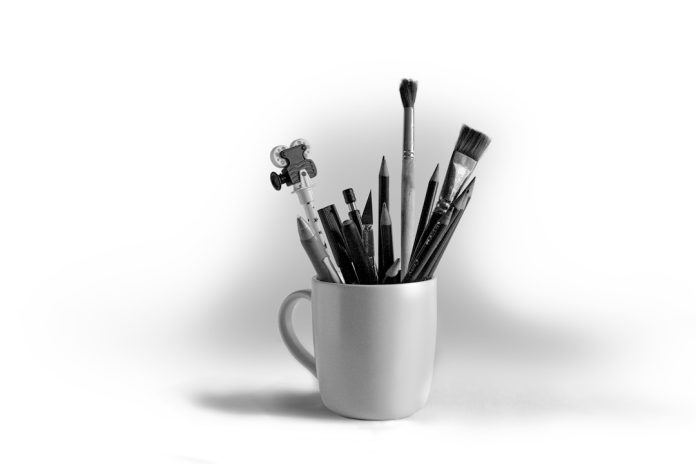In recent years, the design world has been transformed by the introduction of artificial intelligence (AI) tools that offer rapid and scalable solutions for creating visual content. Among these innovations, AI-generated logos have become a popular way for companies and entrepreneurs to obtain branding materials quickly and affordably. However, even with the rise of machine learning and automation, human creativity remains an essential component in the design of logos—both in terms of concept and final execution.
Table of Contents
The Creative Spark Beyond Algorithms
AI tools operate by analyzing massive datasets of existing logos, color schemes, font styles, and layout structures. They can identify trends and generate logo suggestions based on user inputs such as company name, industry, and desired aesthetic. However, what these tools lack is the intuitive insight that comes naturally to human beings.
When a graphic designer approaches a branding project, they do so with an understanding of cultural nuance, emotional resonance, and storytelling. This is something AI cannot replicate. A logo isn’t just a graphic—it’s a concise visual symbol that communicates a company’s values and personality. This depth of meaning requires a human perspective.

How AI and Human Creativity Work Together
Rather than seeing AI as a replacement for human designers, many creatives are embracing it as a collaborator. When used correctly, AI can streamline the early stages of the design process by producing numerous options that can be further refined by a human touch.
This joint approach allows designers to focus more on:
- Concept Development: Designers provide the core vision, theme, or story behind a logo, which AI simply cannot invent on its own.
- Curation: From dozens of machine-generated ideas, a designer can curate the ones that best align with the brand’s identity.
- Final Touches: The subtle adjustments involving spacing, asymmetry, or color gradation often require expertise and human judgment.
Bridging Subjectivity with Data
Design is highly subjective, often influenced by personal taste, cultural norms, and market expectations. Though AI can suggest options based on patterns and data, it does not understand why a certain logo may evoke trust or boldness in a target audience. Human designers fill in that gap by interpreting emotional impact and adapting AI-generated work based on client feedback and psychological insights.

Limitations of AI Without Human Input
Without guidance from human creativity, AI-generated logos tend to fall into patterns of visual sameness. They may lack originality or be too similar to existing brand marks, leading to issues with uniqueness and intellectual property. AI also struggles with abstract concepts or niche industries where symbolic language is needed to create a visual metaphor. Left unguided, machines may miss the mark entirely when it comes to branding authenticity.
Conclusion: Creativity Still Reigns
While AI has introduced new efficiencies into the world of logo design, human creativity is still the driving force behind effective branding. The most successful outcomes arise when machines handle the heavy lifting of variations and iterations, allowing humans to set the vision, make key decisions, and ensure the final product speaks directly to a target audience. In the ever-evolving design landscape, it is creativity—not just code—that turns a good logo into a great one.
Frequently Asked Questions
- Q: Can AI generate a completely original logo?
A: AI generates designs based on existing data, so while it can create unique permutations, it often needs human input to ensure true originality and relevance. - Q: Are AI-generated logos cheaper than human-designed ones?
A: Yes, they are generally more affordable, especially for startups or small businesses. However, for long-term branding success, human refinement is recommended. - Q: Why do designers still matter if AI can create logos?
A: Designers bring emotional intelligence, cultural sensitivity, and storytelling—all crucial elements that AI lacks. - Q: How can I use AI and still get a professionally designed logo?
A: Use AI tools for initial drafts, then collaborate with a designer to polish and align the final logo with your brand vision. - Q: Will AI eventually replace human logo designers?
A: Unlikely. AI will continue to support the process, but creative intuition and strategy—hallmarks of human design—cannot be fully replicated by machines.
